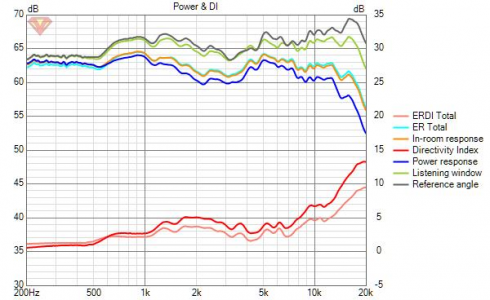keith_correa
Well-Known Member
Finally the master that goes out for the CD is a dynamically compressed one that will sound good on mainstream speakers only.
Not true at all! There is no such "tuning" of sound for mainstream speakers simply because there is no reference or baseline. They do tune the sound but that's for the type of music, their target audience etc and definitely not for speakers they're going to be played on. Even though I knew the answer, I just called up a friend who is in the "industry" and asked him - all I got was sinister, maniacal laughter.they don't realise the crucial fact that the " Final master that went out for CD " was meant to be listened to on a mainstream speaker. Unless the recording is an audiophile grade one. Even those are tuned for audiophile speakers !
Buying or selling doesn't come into this at all. I don't see why this needs to divert into this tangential direction.That a perfectly valid reason not to buy it.
If anyone feels the need to evaluate an equipment based on certain measurements which are important to them, one should of course not buy it and its the manufacturers problem of loss of revenue .
After all its the buyer choice of buying and sellers choice in selling !
Our argument was that providing measurements are not done because for the large majority, they are unimportant/do not make sense/do not know how to interpret etc and there's no malafide intent. Given, the argument, I agree.
So, if a small minority asks for measurements, and the manufacturer does not provide that, it means one of 2 things:
1/ the manufacturer does not measure and hence cannot provide what they do not have.
2/ they do not provide them because they do not want to and we are free to draw our own conclusions.
If 2/, then given the logic of the agreed upon argument, the manufacturer has something to hide. If 1/, there's nothing to say.
This is like saying, if one wants sweet sound, one should pour some sugar in one's ears and then listen. It's senseless!!!From what I understood is that it is impossible for loudspeakers to imitate the reverb that happens in a church because of the geometry with domes, large halls, etc. So if you like that sound the only realistic solution is to build your own church and play music in it. Similary there is a limit to the amount of compression that a speaker driver can achieve. The sound of a dynamite exploding comes from the extreme compression of air in just few milliseconds. You can never reproduce that sound using a speaker where it can move air across the entire room and blow you awaywith other things in the room.


